The Growing Concern: Why You Should Worry About Myopia in Children

In today's digital age, it's no secret that screens have become an integral part of our daily lives. From smartphones to tablets to computers, we're surrounded by devices that keep us connected and entertained. While these technological advancements have undoubtedly revolutionized the way we live and work, they've also brought about a concerning trend: the increasing prevalence of myopia, or nearsightedness, in children.

Myopia occurs when the eye grows too long, causing light rays to focus in front of the retina instead of directly on it. This results in blurred distance vision, making it difficult to see objects clearly unless they're up close. While myopia may seem like a minor inconvenience, its impact on a child's vision and overall well-being should not be underestimated.
One of the primary reasons to worry about myopia in children is its potential to progress rapidly during the formative years of development. Research has shown that the onset of myopia often occurs during childhood and tends to worsen as a child grows older. Without intervention, severe myopia can lead to a higher risk of vision-threatening conditions such as retinal detachment, glaucoma, and macular degeneration later in life.
But what's driving this alarming increase in myopia among children? While genetics certainly play a role, environmental factors are also significant contributors. The rise of digital devices and prolonged near work, coupled with reduced time spent outdoors, has been linked to the development and progression of myopia. Additionally, studies have found a correlation between insufficient outdoor exposure and an increased risk of myopia, suggesting that spending time outdoors may have a protective effect on eye health.

So, what can parents do to address this growing concern? Firstly, it's essential to prioritize regular eye exams for children, starting from an early age. A comprehensive eye examination can help detect myopia and other vision problems early on, allowing for timely intervention and management. Additionally, encouraging children to take frequent breaks from screen time, practicing good ergonomics when using digital devices, and promoting outdoor activities can all help reduce the risk of myopia development and progression.
Furthermore, advancements in optometric technology have led to innovative treatments aimed at controlling myopia progression in children. Orthokeratology, also known as ortho-k, involves wearing specially designed contact lenses overnight to reshape the cornea temporarily. Ortho-k has been shown to slow the progression of myopia in children effectively. Similarly, low-dose atropine eye drops have emerged as a promising option for managing myopia progression, although further research is needed to fully understand their long-term effects.
In conclusion, the rising prevalence of myopia in children is a cause for concern that cannot be ignored. As parents and caregivers, it's crucial to be proactive in safeguarding our children's vision and overall eye health. By promoting healthy habits, prioritizing regular eye exams, and exploring innovative treatment options, we can help mitigate the impact of myopia and ensure a brighter future for our children's eyesight.
Remember, when it comes to myopia in children, early intervention is key. Let's work together to protect their vision and empower them to see the world clearly, both now and in the years to come.









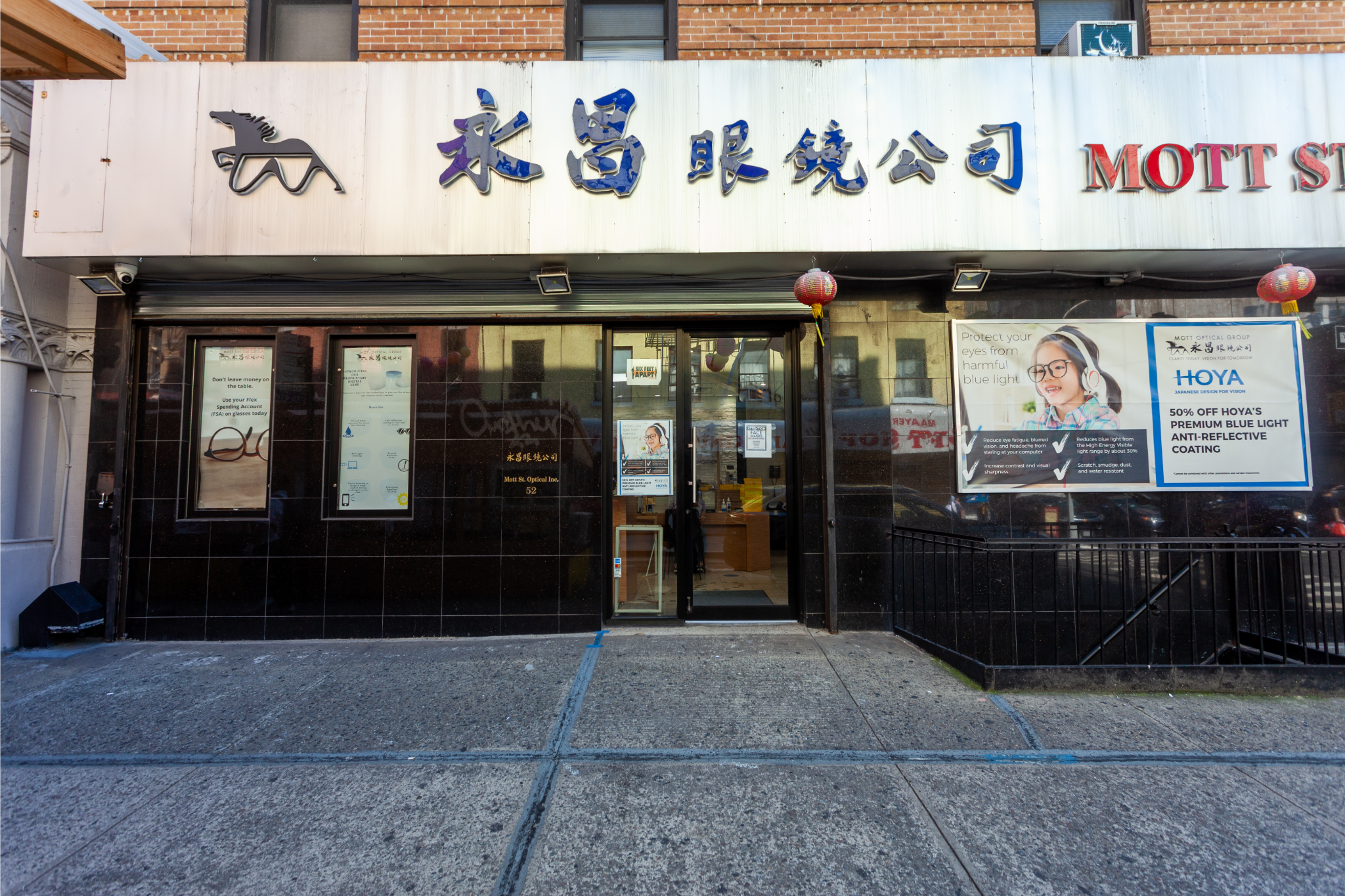
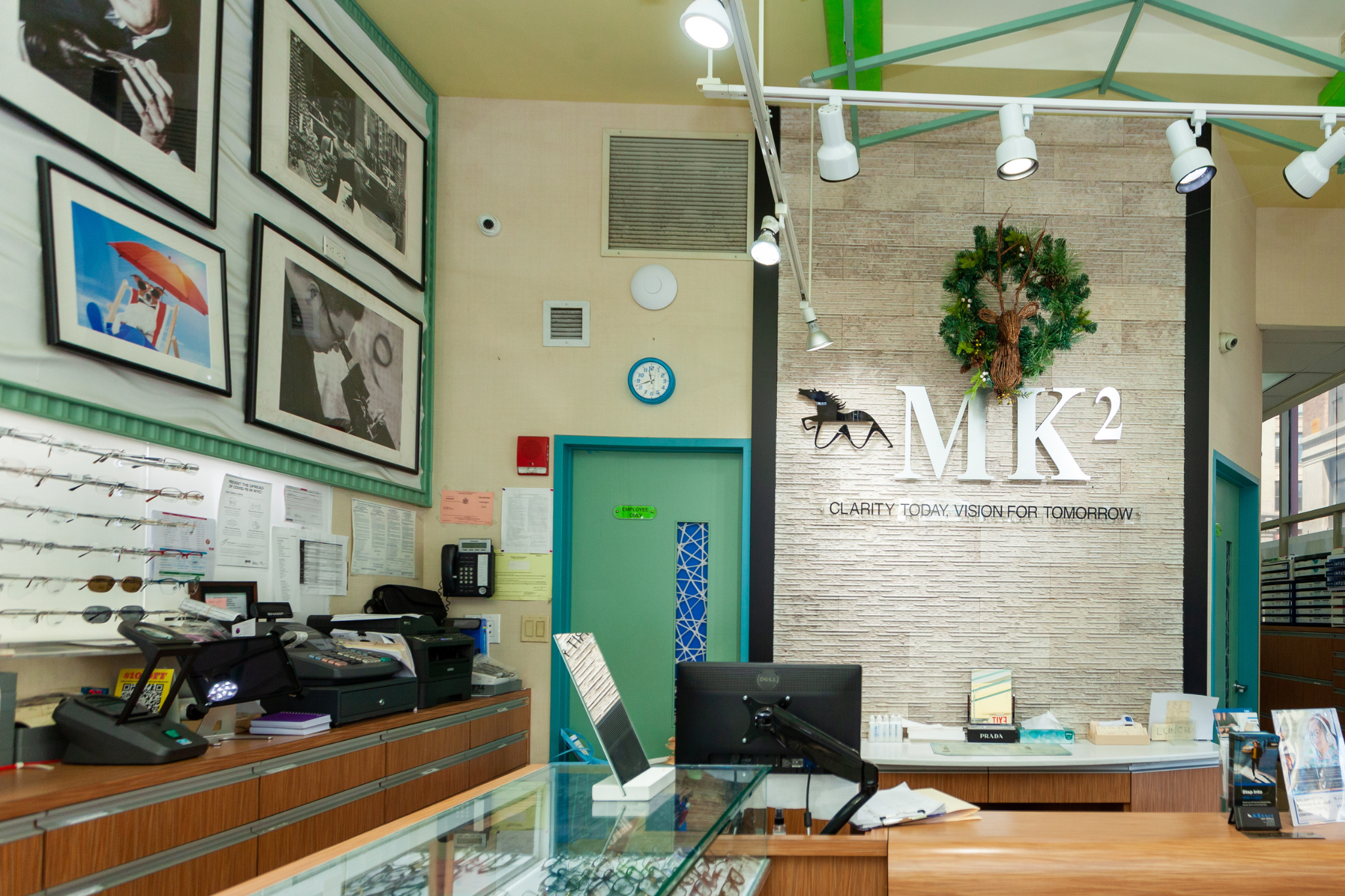
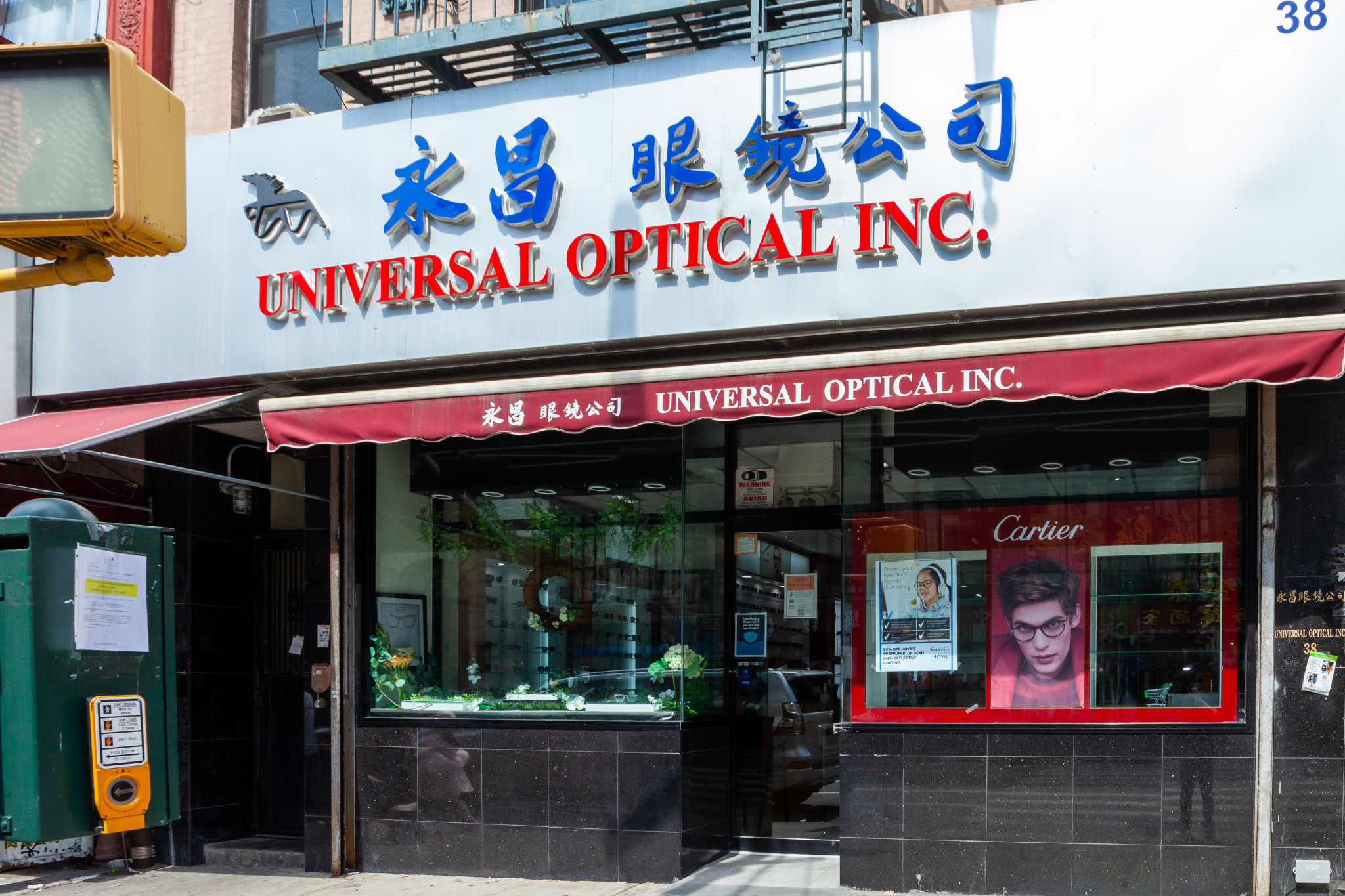
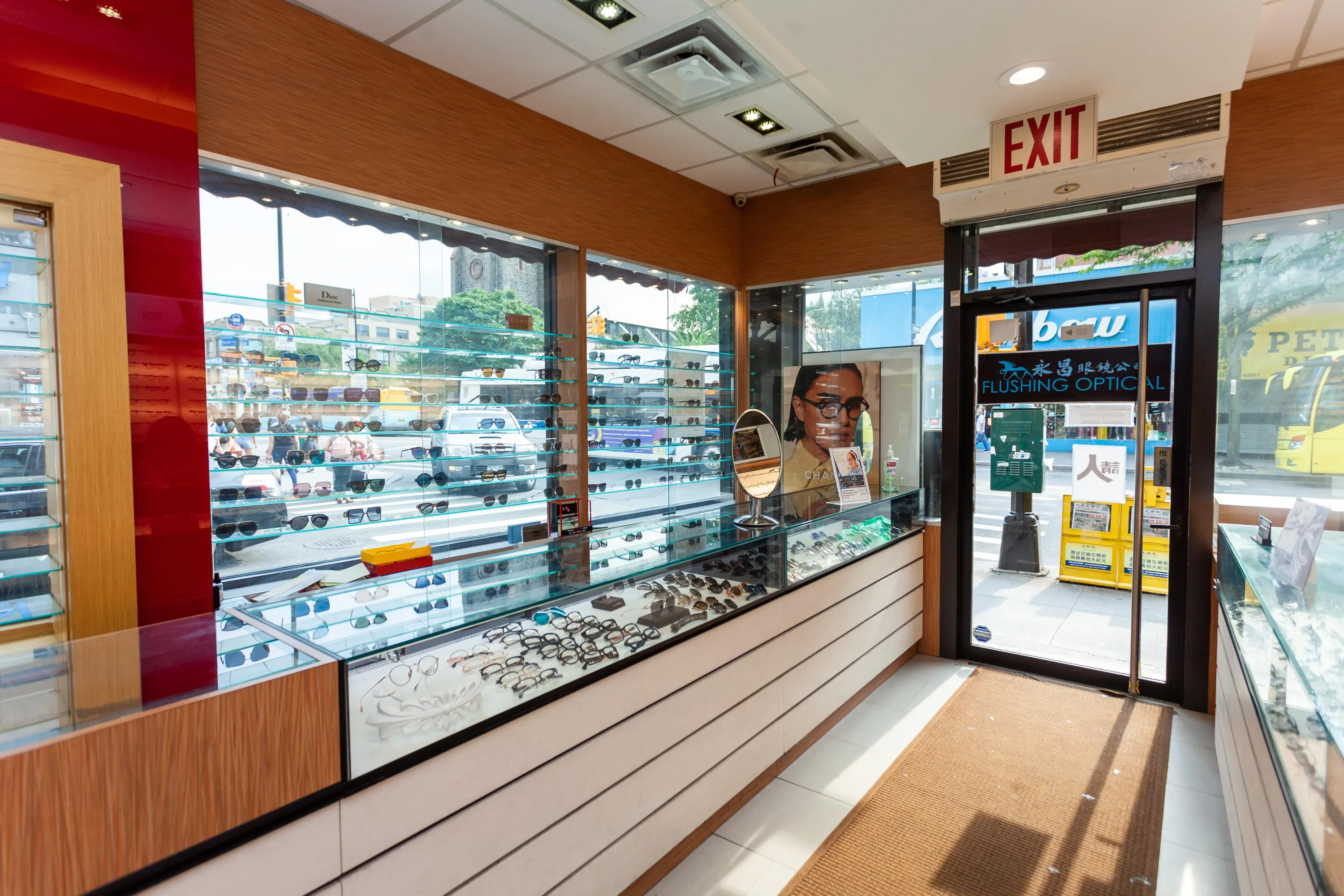
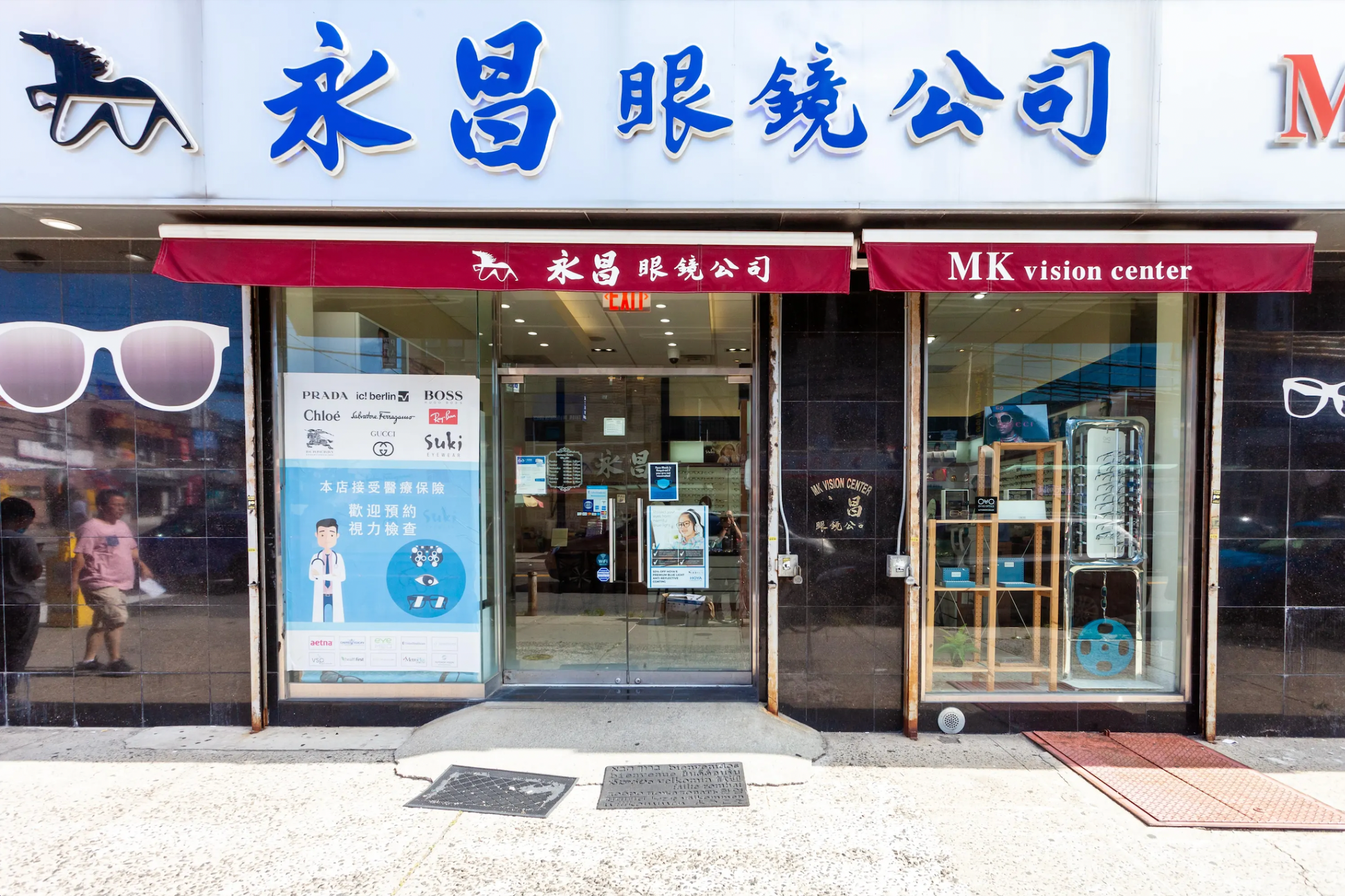
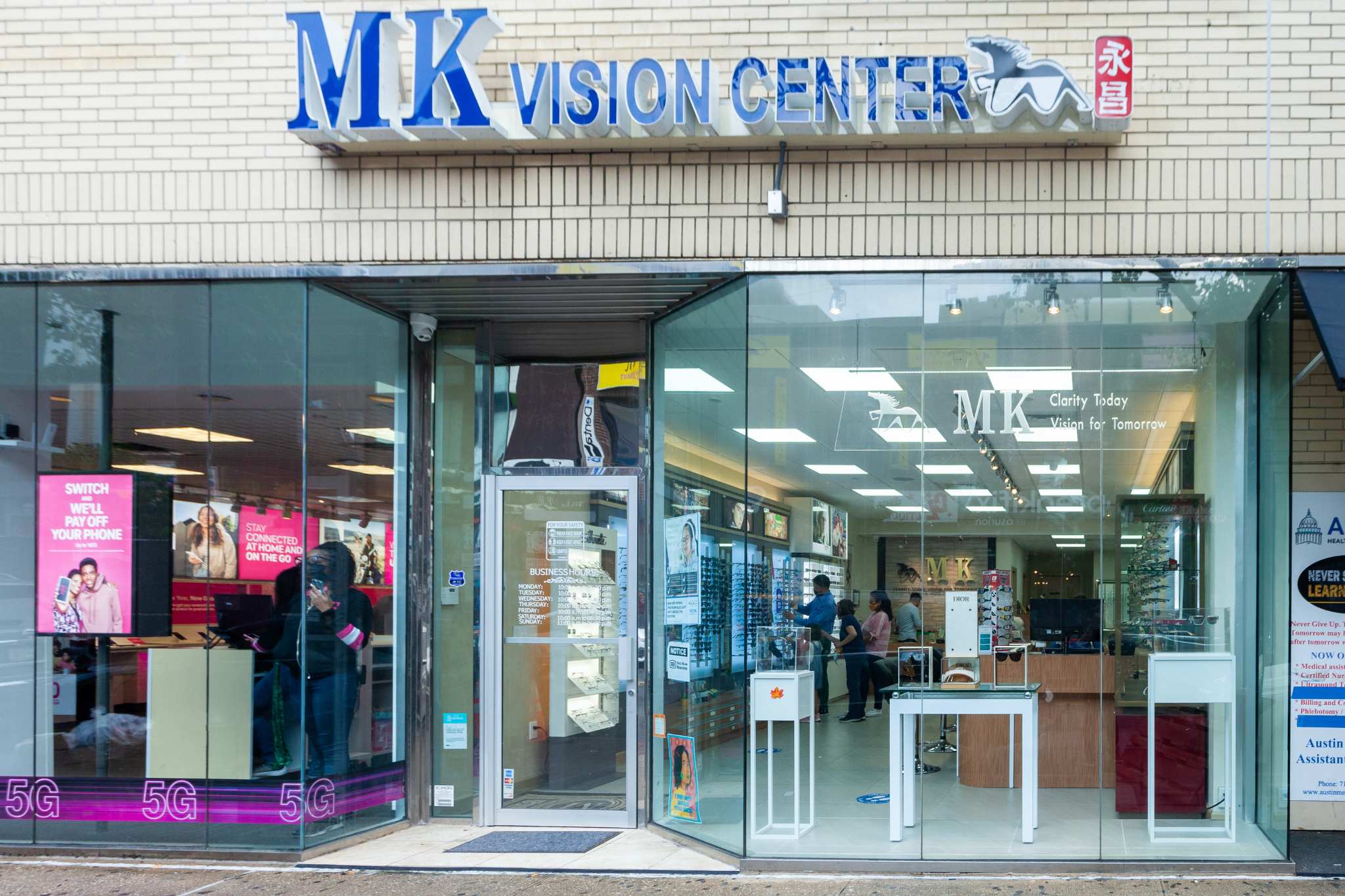
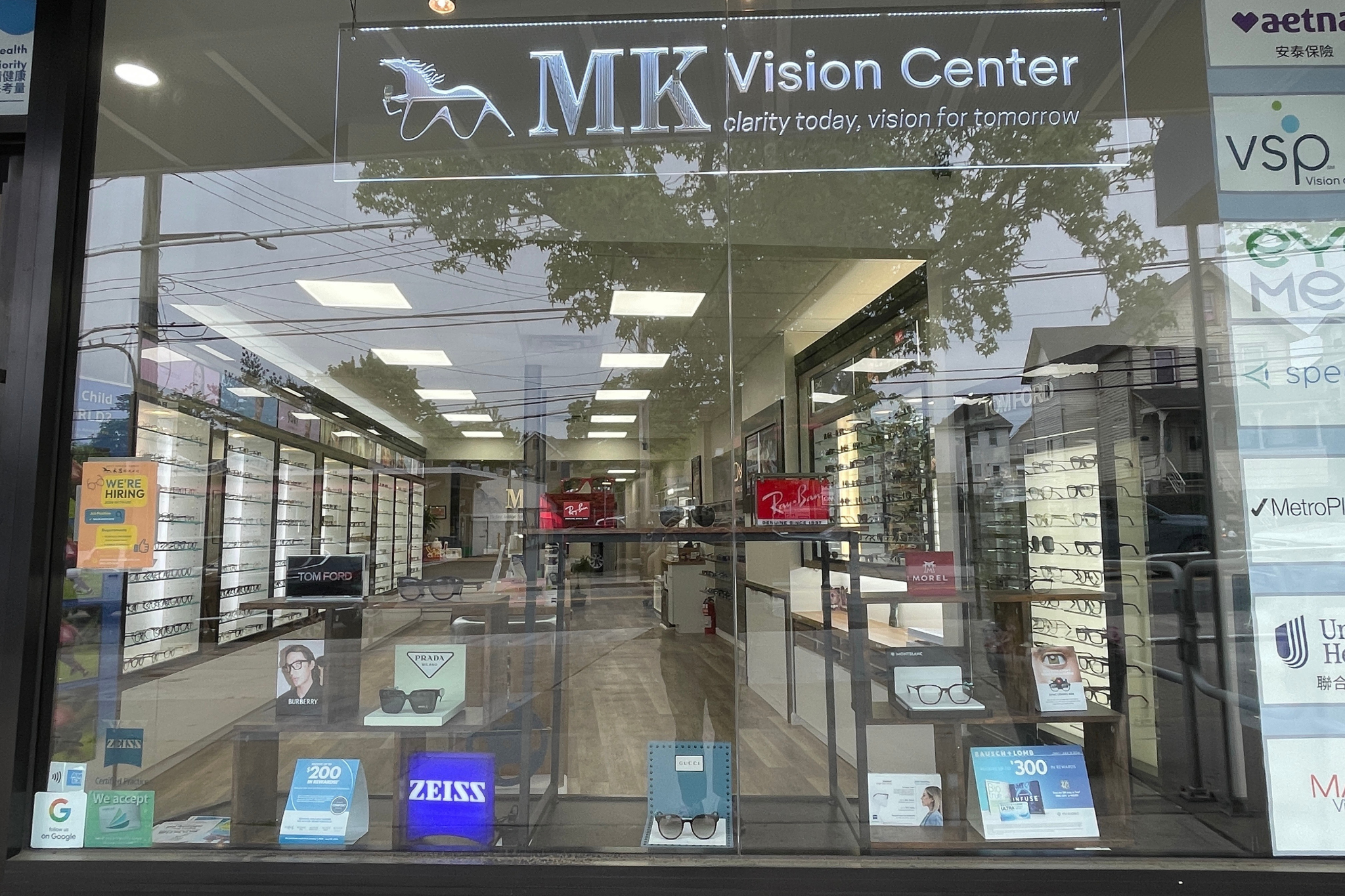



Leave a comment